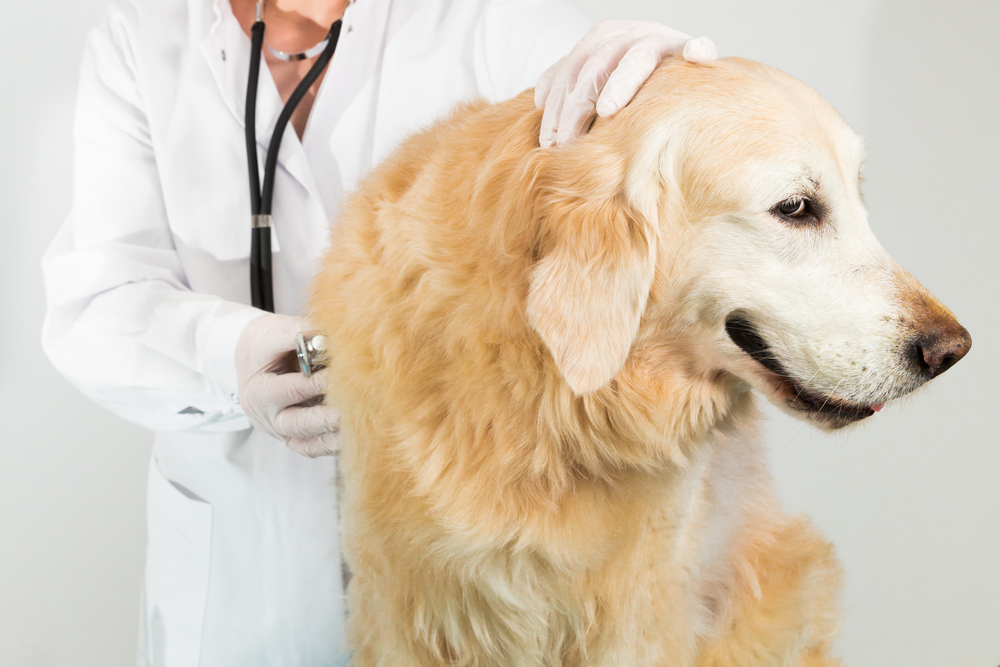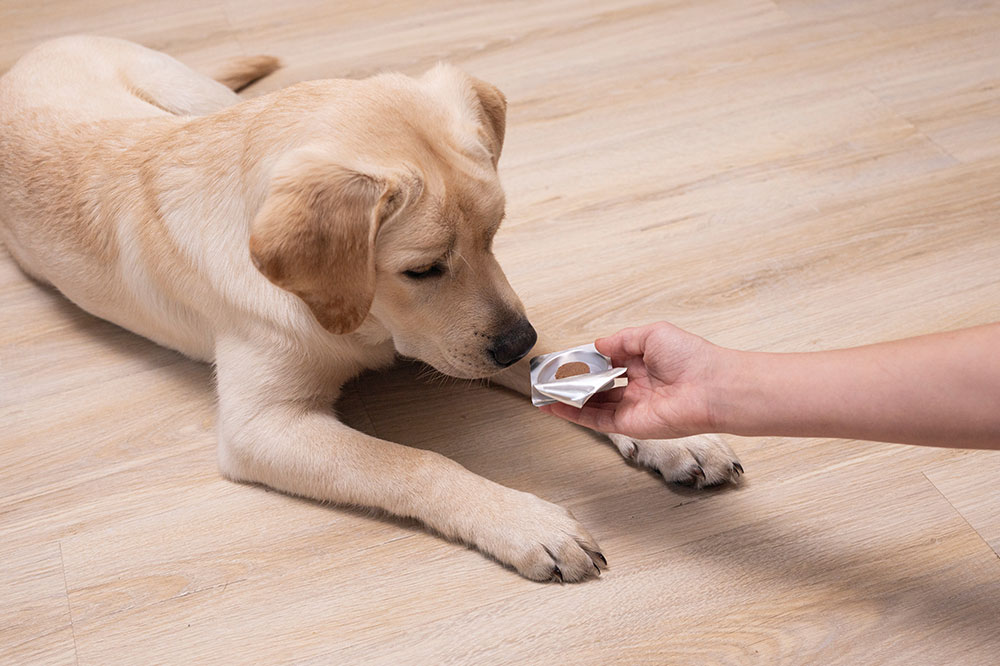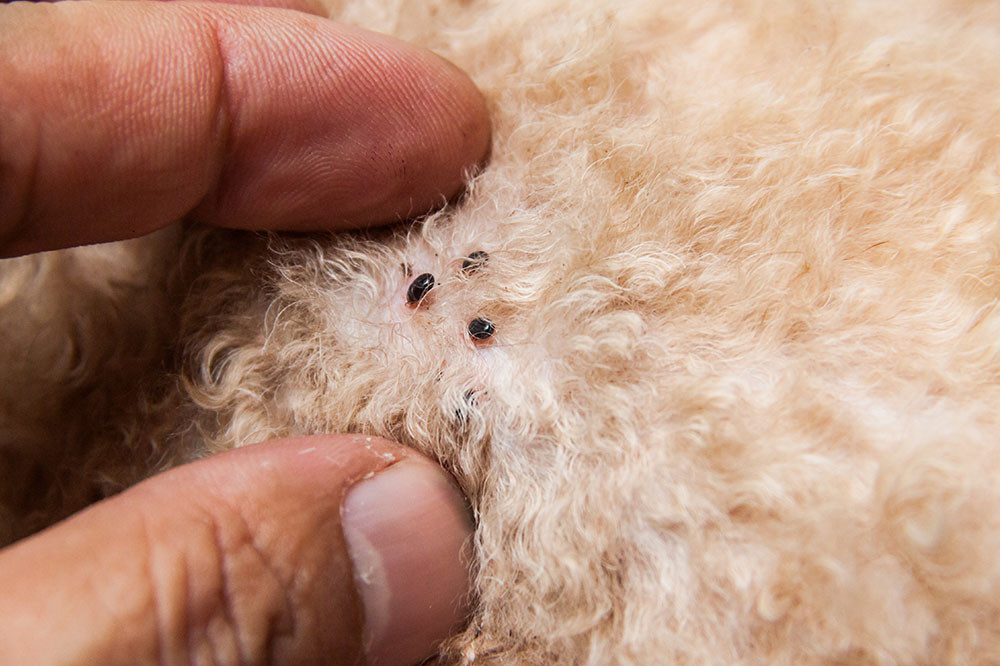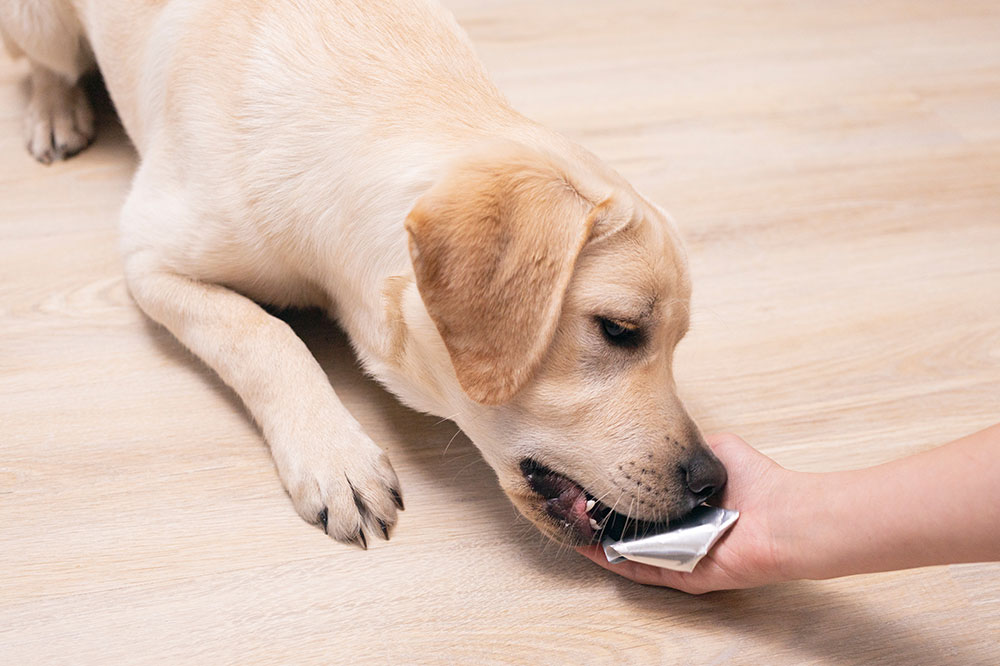Comprehensive Guide to Effectively Managing and Preventing Flea Infestations in Your Pets
This comprehensive guide explores effective strategies to control and prevent flea infestations in pets, emphasizing early detection, various treatment options, and environmental control methods. Learn how to keep your cats and dogs flea-free, ensuring their health and comfort through professional-grade treatments and home care tips designed for pet owners. Regular monitoring and timely intervention are key to avoiding persistent flea problems, making this guide essential for responsible pet care.
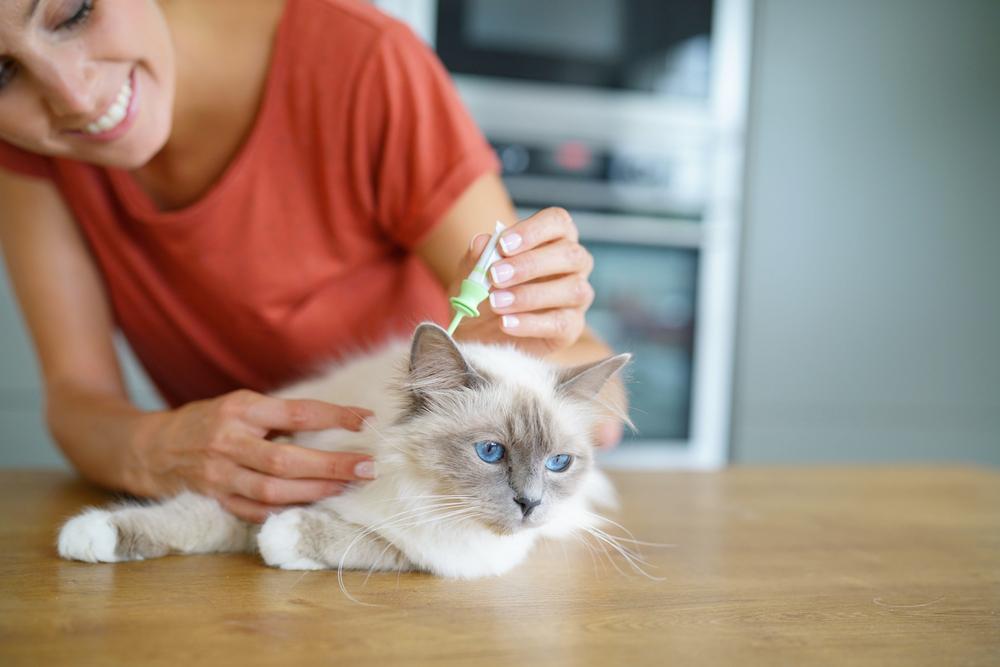
Comprehensive Guide to Effectively Managing and Preventing Flea Infestations in Your Pets
Fleas are a common yet troublesome problem faced by pet owners worldwide, particularly affecting cats and dogs. These tiny external parasites attach themselves to your pet’s fur, feeding on their blood and laying eggs that hatch into larvae, leading to rapid infestations if not addressed promptly. Managing flea infestations requires a combination of early detection, effective treatment, and ongoing prevention measures. Modern veterinary products and home remedies make controlling fleas more efficient than ever, allowing pet owners to protect their furry friends from discomfort and health risks.
Understanding Flea Risks and Their Impact on Pets
Fleas are external parasites classified under the Ctenocephalides genus, which can jump onto animals from infested environments. Their lifecycle includes eggs, larvae, pupae, and adult fleas, with each stage playing a role in the persistence of infestation. Flea bites cause itching, irritation, and skin rashes, and excessive scratching can result in open wounds susceptible to bacterial infections. Apart from skin issues, fleas can transmit tapeworms and other diseases, making their control crucial for pet health. Early signs of an infestation include frequent scratching, biting at the skin, visible fleas, or flea dirt (tiny black specks) on the coat or bedding. Additionally, pets may experience hair loss, restlessness, and decreased appetite due to discomfort caused by flea bites.
Proactively addressing flea infestations early on significantly simplifies treatment and minimizes health risks for your pets. Implementing regular monitoring routines and immediate treatment upon signs of fleas can prevent the problem from escalating into a full-blown infestation, which is often more challenging and costly to eliminate.
Top 10 Proven Strategies for Flea Management in Pets and Home Environments
Thanks to advancements in veterinary medicine and pet care products, controlling fleas has become more manageable and less stressful for pet owners. The key lies in combining direct pet treatments with environmental control methods to break the flea lifecycle at multiple points. Below are the most effective strategies:
Flea powders
Traditional flea powders are used directly on your pet’s coat to kill existing fleas and larvae. They are easy to apply and can be used in conjunction with other treatments. Although they are effective, it is essential to follow the dosage guidelines and veterinary recommendations to avoid skin irritation.
Flea shampoos
Specialized flea shampoos provide immediate relief by killing fleas on contact. Regular bathing during an infestation reduces flea populations, but shampoos alone may not prevent future infestations unless paired with other preventive measures.
Flea collars
Flea collars are a popular long-term solution, especially those infused with insecticidal substances that repel or kill fleas. They provide consistent protection around the neck area and can last from several weeks up to months, depending on the brand.
Flea sprays
Flea sprays can be applied to your pet’s coat or the environment, offering quick control. However, their effects are usually temporary, requiring repeated applications for ongoing protection.
Spot-on treatments
Topical solutions applied directly to the skin behind your pet’s neck or along the back deliver targeted, effective flea control. These often also have the added benefit of killing larvae and eggs, reducing reinfestation risks. Application frequency varies depending on the product and veterinary advice.
Oral medications
Prescription oral medications are highly effective for quick elimination of fleas. They also offer prolonged protection against future infestations. Always consult a veterinarian before administering any medication to ensure it’s suitable for your pet’s age, weight, and health status.
Regular house cleaning
Vacuuming carpets, furniture, and pet bedding helps remove fleas, eggs, and larvae from your environment. Double bagging vacuum contents and disposing of them promptly prevents re-infestation. Consider incorporating pet-safe insecticides or flea traps in your cleaning routine.
Washing bedding and textiles
Frequent washing of pet beds, cushions, curtains, and textiles at high temperatures destroys fleas and their eggs, reducing environmental infestation levels.
Environmental sprays and foggers
Using pet-safe foggers or sprays within the home can help eliminate fleas hiding in carpets, cracks, and furniture. Always follow safety instructions to avoid exposure to pets and humans during application.
Insecticides and treatment for outdoor areas
Applying mild, pet-safe insecticides around your yard, garden, and outdoor pet areas can prevent fleas from migrating into indoor environments. Regular outdoor maintenance and landscaping also reduce flea habitats.
Prevention remains the most effective way to maintain a flea-free environment for your pets. Implementing a combination of these strategies—regular grooming, environmental control, and vet-approved treatments—ensures a comprehensive approach to flea management. Consistency and vigilance are vital in protecting your pets from the discomfort and health risks associated with flea infestations.
